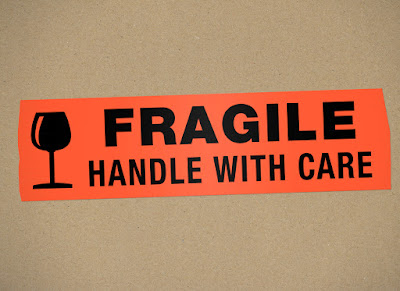Did we really say in the title that customers could be “bad”? Isn’t this the era where the customer rules supreme, and all our efforts are directed toward delighting them?
Organizations brag about being customer-centric. So do we! To us it means focusing on what the customer needs and finding creative, fair and reasonable ways to provide a solution. We look to build long-term, mutually beneficial, well-balanced partnerships with our customers. Sometimes we run across a customer that has no such goal in mind. This kind of customer needs a closer look. Sometimes it is in both our best interests to part ways.
In building a customer service strategy it makes sense to create your ideal customer profile as well as your worst customer profile. This holds true whether you are an organization with a contact center to support consumer products or an organization selling more complex, B-to-B solutions.
For us in the consulting and training industry, our ideal customer is one who has a problem or goal, wants to solve or achieve it, has the resources to make it happen and values our specific expertise and approach. Our worst customers are those who do not believe in their people and are not willing to invest in building the high performance environment required for them to succeed. They do not look at long-term change, only short-term Band-Aids. They are not interested in true improvement, only checking off the box. There are times when we, as a team, have decided that this kind of customer is not worth our time and energy. They will never be satisfied. And they do not align with our brand promise. We are much better off spending time with customers who appreciate our philosophy and have values similar to ours.
In the contact center, we believe “bad” customers are the ones who waste time and turn abusive and threatening. Customer service reps need guidance on how to effectively handle these customers. They may be well trained on serving customers who have legitimate questions or complaints. But they may not know how to deal with customers who don’t follow the “rules” of customer behavior. Help them understand what they can and cannot do. In general they should:
• Not respond in kind or lower themselves to the customer’s level of poor behavior
• Remain professional, polite and calm.
• Not cave in to unreasonable demands.
• Be empathetic and understanding of the customer’s situation.
• Try to help them in a way that aligns with your customer service strategy and brand promise.
There may come a time in the exchange when the customer service rep should retreat with an apology for not coming to an agreement. Remember, there are other customers waiting in line who deserve their attention and support.
Learn more at: http://www.lsaglobal.com/customer-service-strategy/


No comments:
Post a Comment
Note: Only a member of this blog may post a comment.